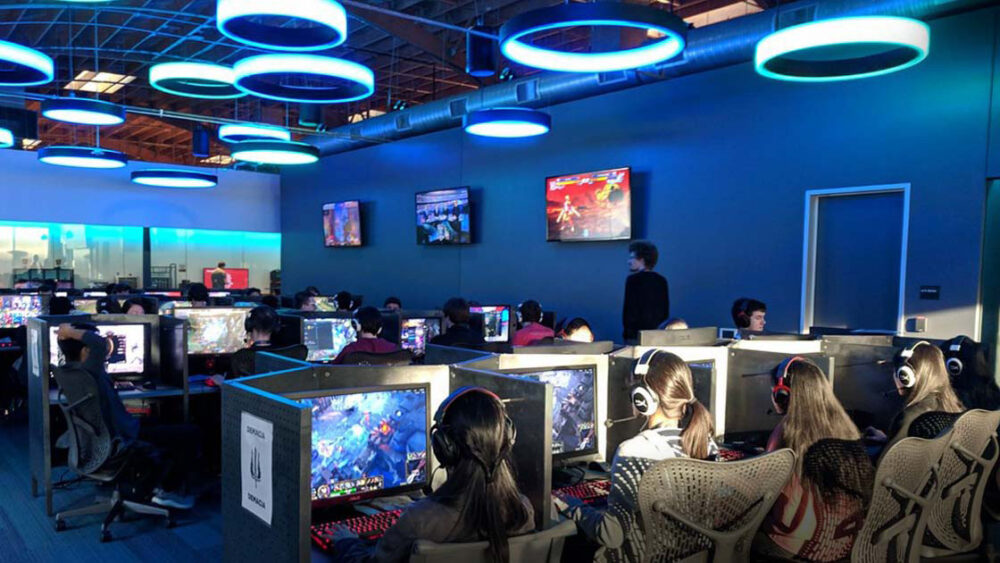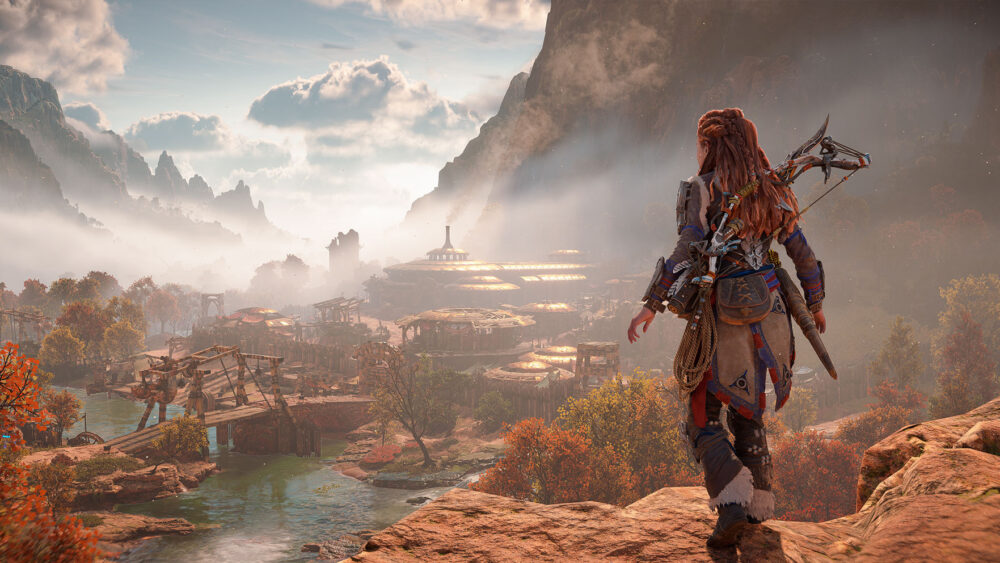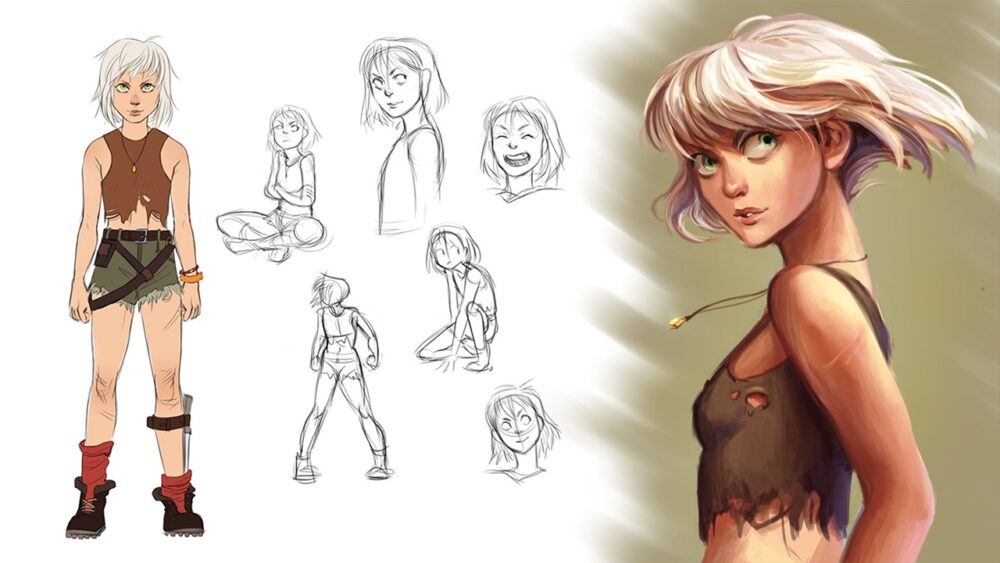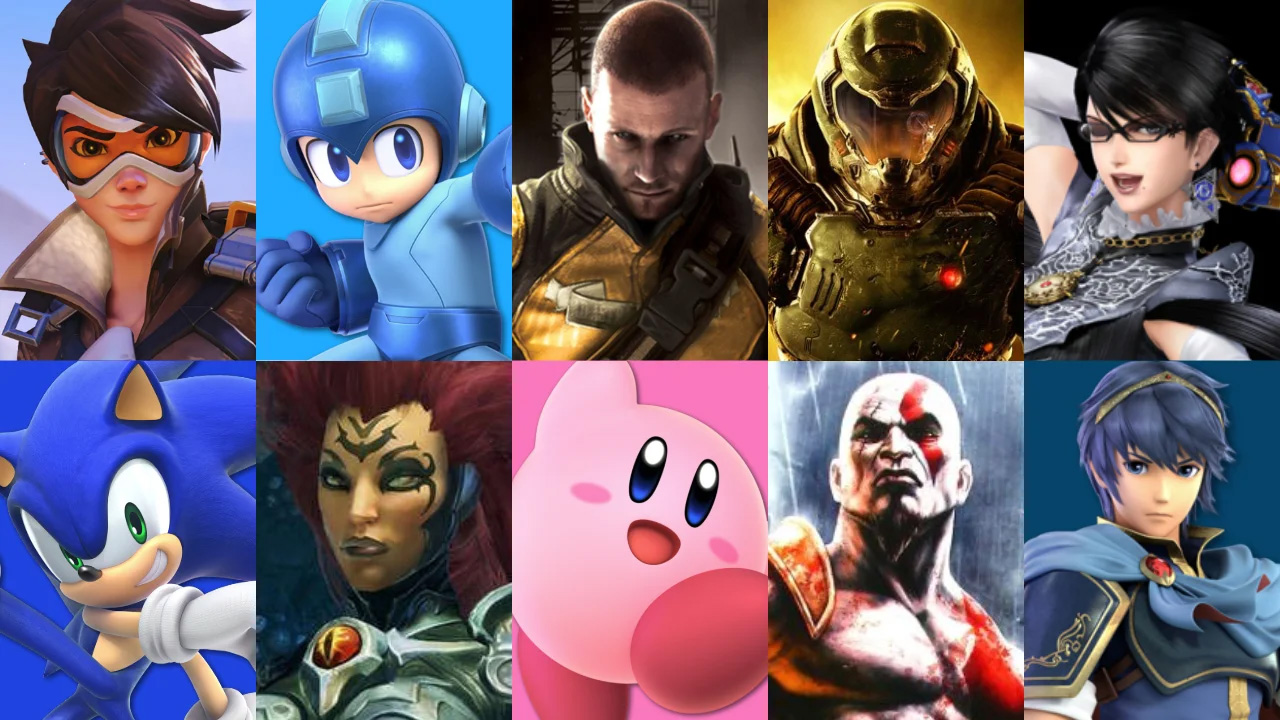If you’re in the video game industry, you’ve probably thought about a dozen characters before you finished this first sentence. Like memorable people in your life, each video game character has a distinctive look and (hopefully) a non-cliché personality. If you’re thinking of your own game, both personality and looks are for you to create from scratch. Here’s everything that goes into character design, in a nutshell!
Video Game Character Design: An Intro
First things first! What is character design, and what does it have to do with video games?
What is Character Design?
Character design is the process of creating a character’s appearance. The concept might sound easy, but it’s in fact nuanced, broad, and extremely important.
- Character design is nuanced because it encompasses everything you might see (with your eyes) in your character, from a staff they might hold to that glint in their eyes.
- It’s broad because although a limited number of people do the actual designing, an unlimited number of people contribute to the design, including other characters!
- It’s extremely important because there’s not a single great story that doesn’t have a character.
Is Character Design Different in Video Games?
The concept remains the same in novels, animations, video games, etc. The process, however, differs from field to field. For example, character design in a novel could be summarized in a humble number of sketches done by the novelist themselves. (For example, J. R. R. Tolkien’s original submission of “The Hobbit” had only five drawings.)
For animations and video games, however, character design is a largely digital, GPU-intensive undertaking. It’s even more so for video games, since games are usually longer and feature more interactions between characters.
Character Design Vs. Character Development
They’re not the same thing, but they are intertwined. Character design is about the art, and character development is part of the story process; it deals with how a character becomes the way they are. It’s character development that decides how your character reacts to stress or what values they have in life.
In other words, character design is about how your character looks, and character development is about who they are. That said, character always finds its way into people’s appearances. As a result, character design should always be aligned with character development. (For example, a tough character usually looks tough. Maybe they’re bulky. Maybe they have a lot of tattoos. Maybe they carry a huge sword around!)

Video Game Character Design: In the Studio
Now that we know what character design is and what it’s not, let’s get a clearer picture of how it fits in the video game production process.
Character Design is for Most Games, Not All
Some of the greatest video games in history feature no characters and so, no character design. A great example of such games is Tetris! Many of the little mobile games we play on our phones don’t have characters either.
That said, if you have sentient characters, you need designs for them. (Anyone with a character counts; people, inanimate objects, elements of nature, etc.) Even if your characters are stick figures, character design ensures the player can tell them apart.
Character Design Begins Early
It’s already begun if you have a simple drawing of a character. In fact, the design process usually starts there.
In many video games, the process goes like this:
- The writer or the creative director produces sketches or thoughts.
- Artists draw (further) based on those sketches and thoughts.
- If the sketches aren’t digital already, they’re digitalized.
- The digital art is then tuned and adjusted with the game art.
Character Design Follows the Game’s Story
It’s important to note that character design is integral to the story, even more so than the rest of the world’s visuals. Many writers give visual descriptions to the reader or themselves in their writings, and a surprising number try to draw their characters as well.
Here’s a tricky tip! Although characters are usually more important to the story than the specifics of the world, characters are part of the world. You should absolutely make sure you know the world inside and out before you can settle on characters’ details. (It’s an exciting cycle of story, characters, and the world!) As Robert McKee puts it in his timeless book, “Story: Substance, Structure, Style and the Principles of Screenwriting”,
“By the time you finish your last draft, you must possess a commanding knowledge of your setting in such depth and detail that no one could raise a question about your world—from the eating habits of your characters to the weather in September—that you couldn’t answer instantly.”
Character Design is a Part of the Gamer’s Art
Just to reiterate, the game art features the visuals of both the world and the characters. So, your characters’ looks depend heavily on the world around them, just like in real life. (In other words, there should be an artistic harmony between everything.)
For illustration purposes, imagine Vancouver in 1950 only with people wearing the exact clothes they wear today. Or imagine it’s 2013, but Lara Croft is walking in the Journey desert and the robed traveler is stranded on the Dragon’s Triangle!

Video Game Character Design: In the Business
Let’s assume you’re making a game and you’d like to actually see the art. Who do you need? How much could it cost you? How many people do you need? How long does it take? Here are some of the business details!
Who Does Character Design?
In major games, writers, directors, concept artists, character artists, and game designers all work together on character design. Writers and directors usually provide the story material. Then concept and character artists (with help and supervision from game designers) provide the initial sketches and digital art.
What does the Character Design Process Look Like?

As an animation studio, we first require a brief of every character we should design.
Then, we develop character profiles. A character profile is a detailed outline of your character that describes various aspects of their being in depth, including their appearance and personality.
We’ll then get to the design after that. Our designs will follow character profiles, and will be in harmony with existing art, the story, and your input!
What Choices Do You Have in Character Design?

Like with the game art, you could either outsource or hire individual people to design in-house. Let’s take a quick look.
Option 1: Hiring In-House
This option will cost you much more, but you’ll get to handpick exactly the people you want and build your own team. Costs include salary, tools, workspaces, etc.
Option 2: Outsourcing or Staff Augmentation
You can always outsource to an animation studio. (You don’t have to look too far!) Here, you can trust a professional team to have everything worked out, and it’ll cost you less. Still, you’ll need regular, clear communication.
Also keep in mind that there are many techniques and styles in character design. For example, you need fantasy styles for a fantasy story. One or several people you hire in-house can only specialize in so many styles, and you need to stick with them throughout the process. However, a handpicked outsourcing partner definitely offers more styles and better flexibility for change.
How Much Does Character Design Cost?
The number greatly depends on the project’s specifics and scope. It would be best to do the math yourself, but the choice above (in-house or outsourced design) makes a huge financial difference.
In-House Design
According to Indeed, a concept artist makes an average of $81,699 per year, and a video game designer makes around $78,378.
Outsourcing to a Studio
Again, the price greatly varies. Whether the characters are 3D or 2D, the number of designs needed, the timeframe, and any particular methodologies to be used are some of the most important factors that affect the price.
Final Word
Character design isn’t easy, but it’s a synergistic and gratifying part of video game production. Don’t be a perfectionist. It starts with a little sketch!
Picotion is an international animation studio. We love working on video games here! So, if you’d like to discuss your own project or ask us any questions, give us a call!
Author
